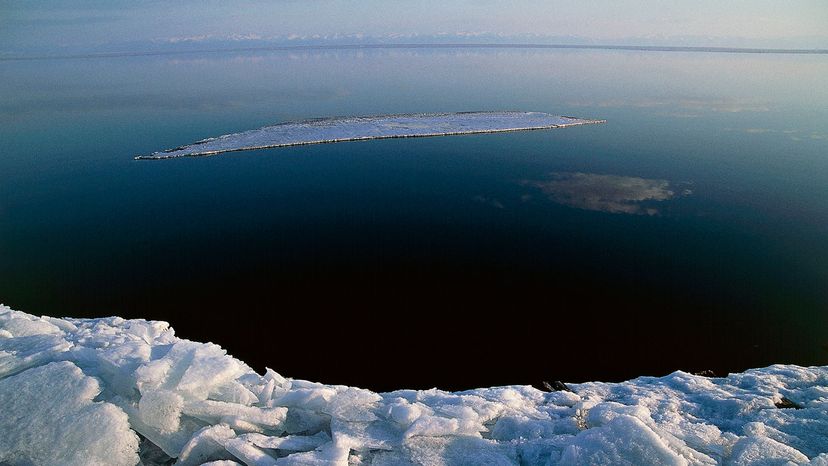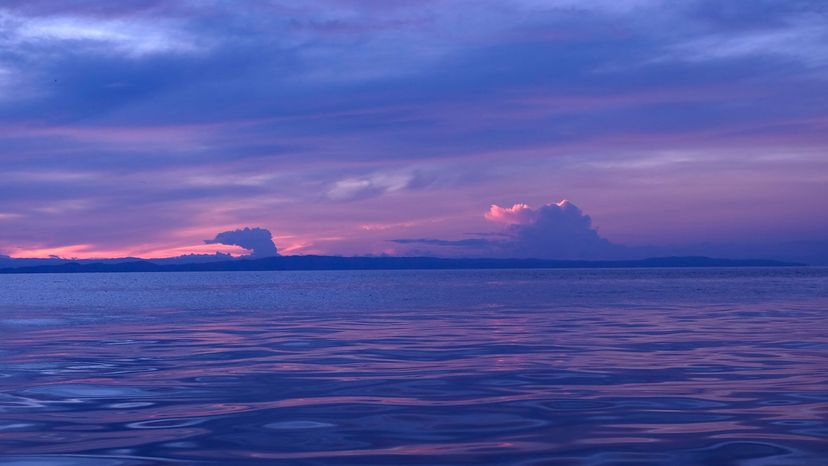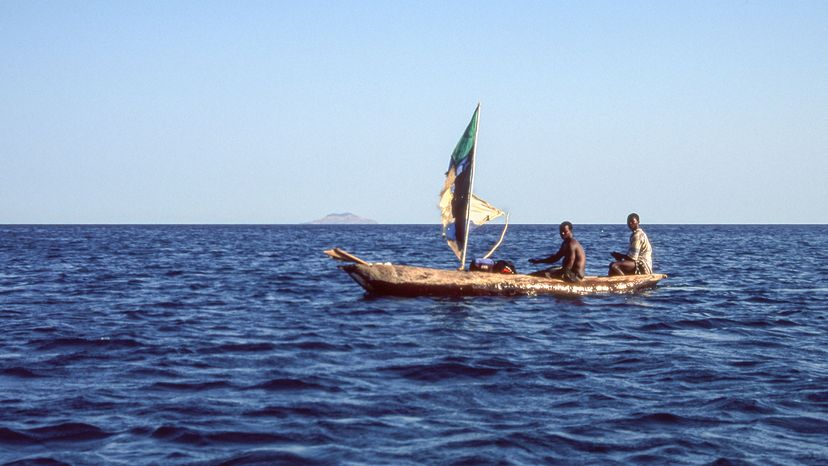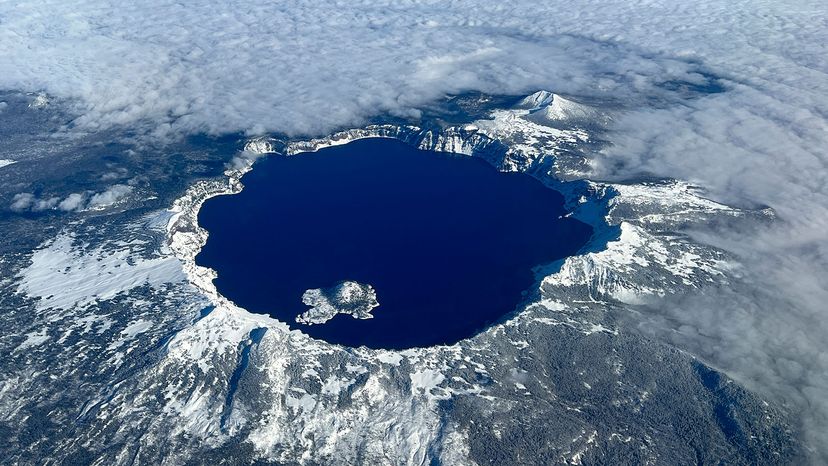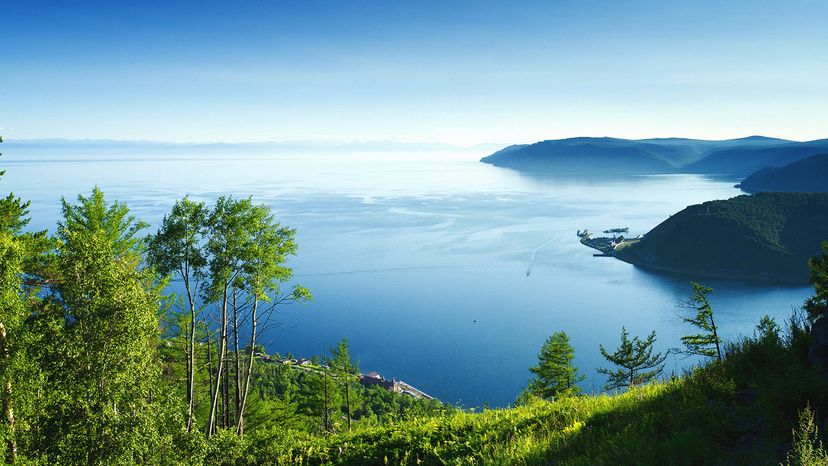
A lake is a body of water like a puddle — water accumulates in a low place in the landscape, either from groundwater coming to the surface, or runoff from rivers and streams settling in a depression where water builds up faster than it can escape. Many lakes are actually reservoirs, which look the same as a natural lake, but the water is held in place by a human-made dam.
Most lakes on Earth contain freshwater, but there are some saline lakes like the Great Salt Lake in Utah, which is actually saltier than any ocean. Some lakes are very shallow like Lake Pontchartrain in Louisiana, which has a maximum depth of only 15 feet (4.6 meters). Some lakes, however, are seemingly fathomless — Lake Baikal in Siberia, for instance, is over a mile deep. Here, then, is the deepest lake in the world and the eight runners-up:
Advertisement
